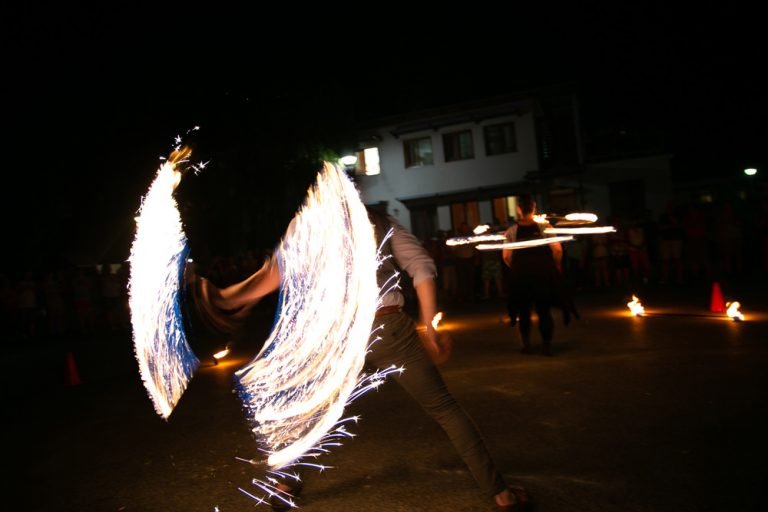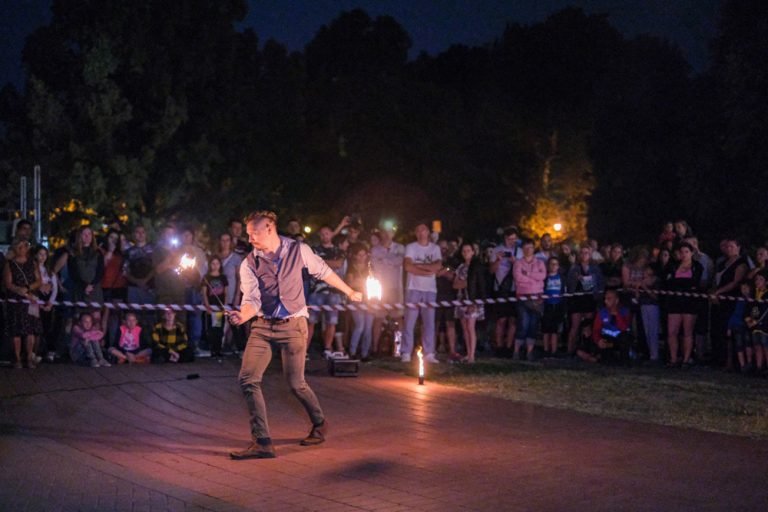Fire breathing is a captivating and exhilarating performance art that has mesmerized audiences for centuries. However, it carries significant risks that demand strict adherence to safety protocols. This comprehensive guide outlines essential safety tips and techniques for aspiring fire breathers to ensure both performer and audience safety.
Proper Training
Before attempting fire breathing, it is imperative to undergo formal training with an experienced and certified instructor. Comprehensive training should encompass:
- Mastery of fire breathing techniques
- In-depth understanding of safety protocols
- Emergency response procedures
- Proper equipment usage
Attempting fire breathing without professional guidance can lead to severe injuries or fatalities. Engaging with reputable training programs, such as those offered by Fearless Fire, ensures a solid foundation in both technique and safety .
Selecting Appropriate Fuel
The choice of fuel is critical for safe fire breathing. Only use fuels specifically recommended for this purpose, such as:
- Paraffin
- Highly purified lamp oil
Avoid dangerous fuels like gasoline, alcohol, or naphtha, which have low flash points and high volatility, increasing the risk of injury . Always store fuels securely, away from heat sources and open flames.
Equipment Inspection
Prior to each performance, meticulously inspect all equipment, including torches and wands, for signs of damage or wear. Damaged equipment should be replaced immediately to prevent accidents during performances.
Safety Precautions
Implementing stringent safety measures is vital:
- Wear fire-resistant clothing made from natural fibers to reduce burn risk .
- Use protective gear such as gloves and goggles.
- Keep a fire extinguisher and fire blanket accessible during performances.
- Designate a trained safety assistant to monitor the performance and respond to emergencies .
Mastering Technique
Developing proper technique is essential to minimize risks:
- Practice expelling fuel in a fine mist to control flame size and direction.
- Start with water to simulate the act of fire breathing before using actual fuel .
- Be aware of environmental factors like wind direction and ambient temperature, as they can affect flame behavior.
Understanding Health Risks
Fire breathing poses specific health risks, including:
- Fire breather’s pneumonia: A type of lipoid pneumonia resulting from inhaling or aspirating fuel .
- Oral and dental issues: Prolonged exposure to fuel can damage teeth and gums.
- Respiratory distress: Inhaling fuel vapors can lead to serious respiratory conditions.
Being cognizant of these risks underscores the importance of proper technique and safety measures.
Emergency Preparedness
Despite precautions, emergencies can occur. Prepare by:
- Establishing clear emergency procedures.
- Training assistants in first aid and fire response.
- Having emergency contact numbers readily available.
Swift and effective responses can mitigate injury severity.
Conclusion
Mastering fire breathing requires a commitment to safety, proper training, and continuous practice. By adhering to these guidelines, performers can captivate audiences while ensuring their well-being. For professional fire performance services that prioritize safety and excellence, consider booking with Hestia Fire Dance. Visit https://hestiafiredance.com/book-a-fire-performer/ to learn more.




